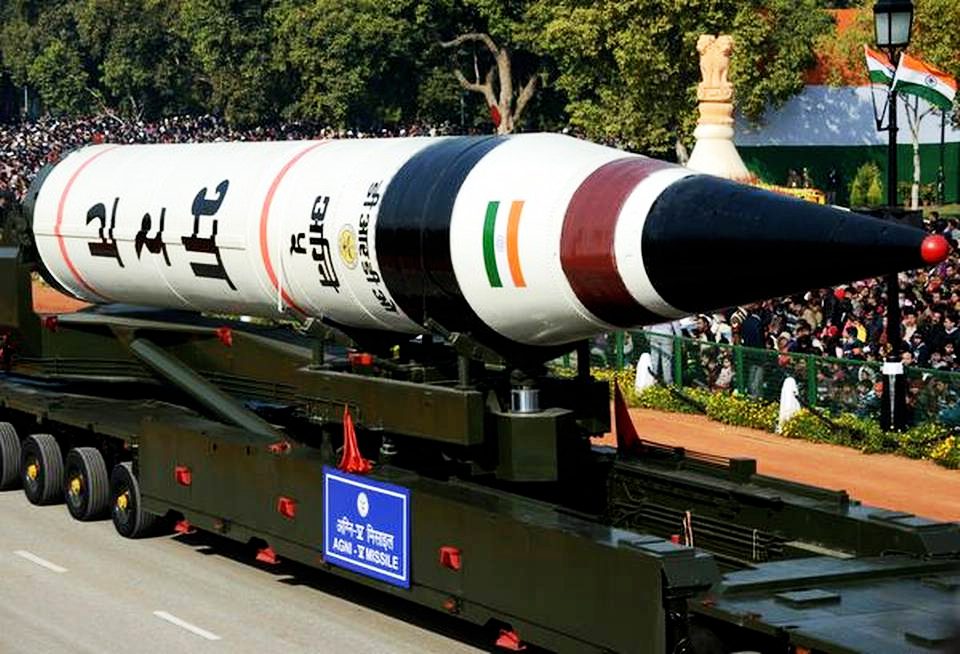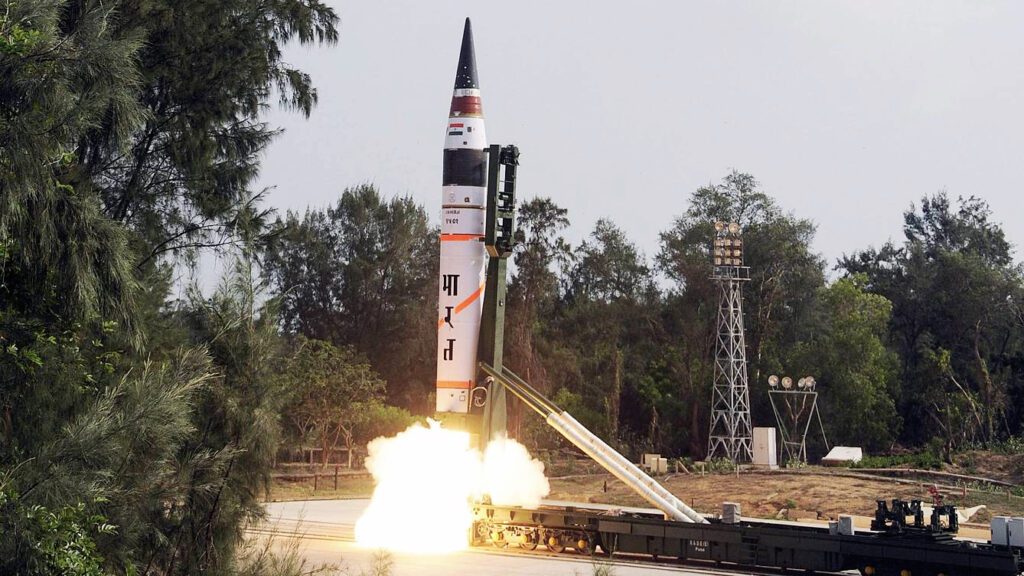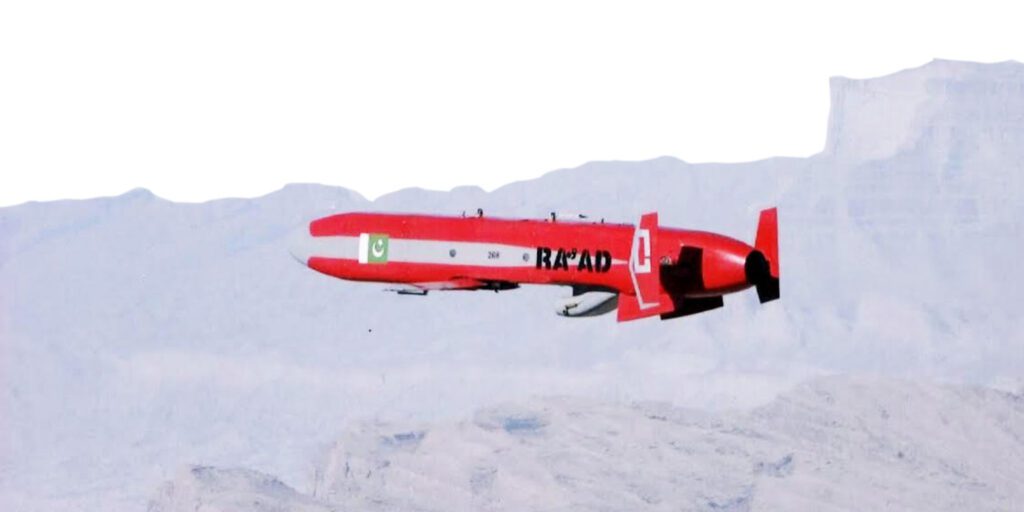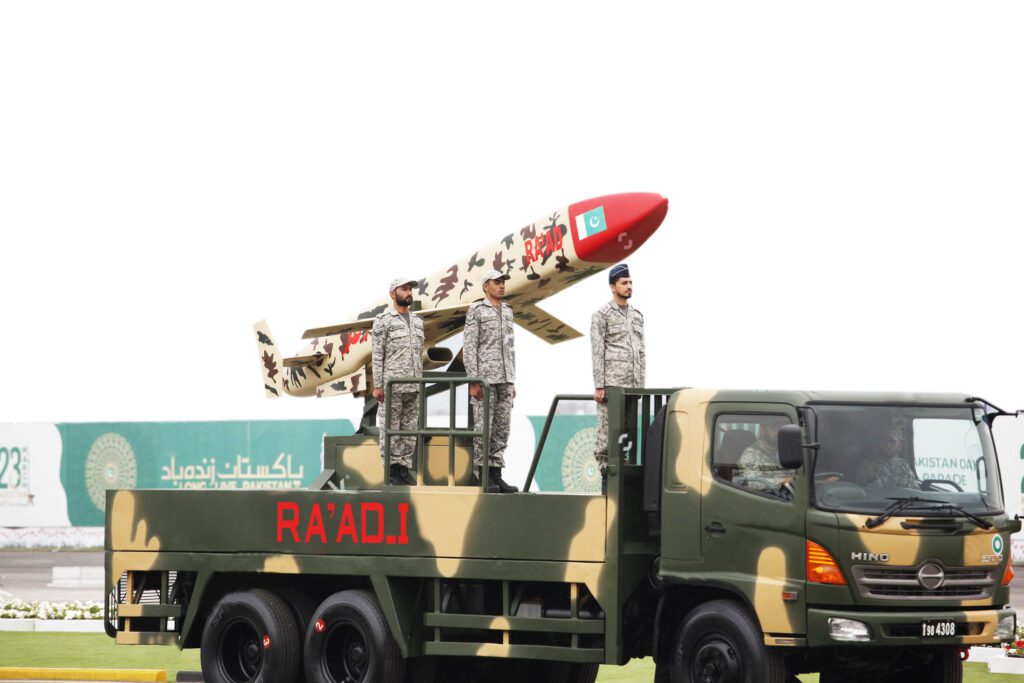India’s nuclear doctrine of 2003 contained several inconsistencies that have been further compounded by statements made by senior members of the Nuclear Command Authority (NCA), signaling a possible shift in India’s ‘No First Use’ (NFU) posture. These statements could be intended to dissuade Pakistan from contemplating the early use of nuclear weapons and create space for a conventional conflict. However, the ambiguity created by India’s senior leadership on India’s NFU commitment is likely to compel Pakistan to take remedial measures and ensure the credibility of its deterrence posture, which could end up into a renewed arms competition between the two regional adversaries.
India professes that China, not Pakistan, is its principal adversary but the bulk of its military deployments and doctrinal postulations – both conventional as well as nuclear – remain Pakistan-specific. Statements by the Indian leadership threatening Pakistan with a nuclear ‘First Strike’, while maintaining a ‘No First Use’ (NFU) commitment towards China could be aimed to achieve ‘escalation dominance’ over the former and maintain a posture of ‘assured retaliation’ towards the latter. India nevertheless does not have the potential to maintain two different postures against the two adversaries with asymmetric military potential thus further complicating the regional deterrence matrix.

India’s Nuclear Doctrine
India released its draft nuclear doctrine (DND) in 1999, within a year of becoming an overt nuclear weapon state. Subsequently, the draft was modified and released as an official nuclear policy on 4th January, 2003. India’s doctrine contained several inconsistencies that became more evident with the increase in India’s nuclear capabilities that are difficult to categorize as ‘minimum’.
Main elements of India’s Nuclear Doctrine 2003 include:
- Building and maintaining a credible minimum deterrent
- A posture of No First Use – nuclear weapons will only be used in retaliation against a nuclear attack on Indian Territory or on Indian forces anywhere
- Nuclear retaliation to a first strike will be massive and designed to inflict unacceptable damage
- In the event of a major attack against India or on Indian forces anywhere, through biological or chemical weapons, India will retain the option of retaliating with nuclear weapons
The Inherent Inconsistencies in India’s 2003 Nuclear Doctrine
Credible Minimum Deterrence? India maintains that it will continue to follow a policy of Credible Minimum Deterrence (CMD) without specifying, who the intended deterree is – whether China or Pakistan? India professes that China remains its principal adversary, but bulk of its military deployments and doctrinal developments remain Pakistan-specific. If India claims developing a ‘credible’ deterrence posture against China, it cannot remain ‘minimum’ against Pakistan; and likewise, a ‘minimum’ posture against Pakistan will not be ‘credible’ against China.

To deal with this ‘minimum-credible’ paradox, accentuated by two different dyadic deterrence relationships (India-China and India-Pakistan), India could possibly consider ‘decoupling’ of its nuclear strategy. This could enable it to justify the ongoing nuclear build-up against the ‘projected’ threat (China) while providing options to pursue more aggressive strategies against its ‘principal’ adversary (Pakistan). Theoretically, it may help address some of the grey areas that continue to undermine the credibility of India’s nuclear posture but is likely to further complicate operational challenges for managing nuclear deterrence against two different nuclear weapon states.
India’s military modernization, which include amongst other things the development and operationalizing of its nuclear triad and ‘continuous at sea nuclear deterrent’ (CASD) potential would increase its reach beyond the Indian Ocean. It is also building inter-continental ballistic missiles (ICBMs), multiple independently targetable re-entry vehicles (MIRVs), and anti-ballistic missile systems (ABMs). All these developments combined together far exceed India’s requirement of a ‘minimum’ deterrence and cannot be justified under the rubric of CMD posture.
India’s No-NFU Posture
India’s Nuclear Doctrine 2003 states: “NWs [Nuclear Weapons] will only be used in retaliation against a nuclear attack on Indian territory or on Indian forces anywhere,” but this was made conditional and the option of retaliating with nuclear weapons, even if attacked by biological or chemical weapons was also retained. This effectively nullified the NFU commitment that India continues to officially propagate actively as one of the central tenets of its nuclear use policy.
Some recent statements by senior decision makers indicate that India could possibly contemplate the option of a ‘First Strike’ against Pakistan, which would be in contrast to India’s NFU commitment. There is also a possibility that the use of these two strategic constructs – ‘First Strike’ and ‘First Use’ that have different connotations, could be due to lack of clarity as several senior members of the NCA have used these terms interchangeably.
‘First Use’ is commonly understood an effort to warn the adversary about the consequences of the failure to retreat from aggressive posturing and is generally limited in scope. If used in self-defense, this could be considered as legitimate. ‘First Strike’, on the other hand, would aim to destroy adversary’s capacity to retaliate by launching a pre-emptive counterforce strike. The force required to achieve this objective may be massive and would thus fall under the purview of aggression, and is therefore considered unambiguously illegal.
In a peculiar South Asian environment even a limited counter-force first strike by one may be construed as massive by the other, thus adding pressures on the national leadership to skip intermediate rungs of escalation ladder and resort to the exchange of strategic weapons. Notwithstanding these inherent dangers, several high-ranking Indian officials, including the former Strategic Forces Commander-in-Chief Lt Gen B S Nagal, former Defence Minister Manohar Parrikar, and former National Security Advisor Shivshankar Menon, and more recently the incumbent Defense Minister Rajnath Singh, have all indicated that India might be on its path to modify the NFU commitment.

In his book, Shivshankar Menon also hinted that India could contemplate a preemptive nuclear strike even against the ‘threat of use’ by the adversary. This is not only in contrast to India’s NFU pledge, but could also be destabilizing, especially once India does not have the means to verifiably conclude when the adversary would be preparing to actually launch its nuclear weapons.
India’s notion of a counterforce first strike may be different from the classical definition of ‘First Strike’, i.e. a bolt-from-the-blue attack. Notwithstanding the nomenclature and rationale provided by the Indian officials, it seems India may be drifting away from its long-held position of NFU, in favor of a counterforce preemptive first strike.
For India to build its potential to launch first strike against Pakistan, it would need significant increase in its nuclear weapons, besides building requisite ISR (intelligence, surveillance and reconnaissance) capabilities. Without these capabilities, ambiguous statements on the NFU commitment would further erode the credibility of India’s deterrence posture.
Implications for Regional Stability
Nuclear doctrines are not fixed and could change depending upon the nature of the evolving threat and technological achievements. This nevertheless would be considered as rationale and credible, only if the strategic constructs developed provide clarity of the intent and are compatible with the existing nuclear potential. In India’s case – both seems to be lacking.
India is building overall military potential including its nuclear capability, primarily to emerge as a potential global power with no ‘existential’ threat to its security. This is reflected in the ongoing developments that are not in consonance with its ‘perceived’ threat against China or against the ‘actual’ adversary Pakistan. India formally maintains an NFU posture, to project itself as a responsible nuclear weapon state while developing options for a ‘First Strike’ or ‘First Use’ against Pakistan. Despite enjoying significant conventional military advantage, India finds it difficult to exploit space for a conventional military conflict with Pakistan. Its limited war-fighting doctrine of Cold Start, which was introduced in 2004, has been rendered obsolete after the introduction of short-range ballistic missiles (SRBMs) by Pakistan. To overcome this hurdle, India resorted to a land-based surgical strike in 2016, and emboldened by lack of response from the Pakistani side, India launched an aerial surgical strike in February 2019 against Pakistan and claimed killing more than 300 terrorists. These

claims could not be later validated, but in the bargain Pakistan Air Force managed to launch a riposte and shot two of the Indian aircraft.
India now again finds itself out of credible options to deal with the Pakistan challenge. Rajnath Singh’s statement on the possibility of India giving up on its NFU posture could therefore be aimed at dissuading Pakistan from contemplating the early use of nuclear weapons in a future crisis, while opening a space for a limited conventional conflict. Notwithstanding the nuclear grandstanding, India does not have the potential to launch a decapitating ‘First Strike’ against Pakistan. It also does not have the requisite ISR (Intelligence, Surveillance, Reconnaissance) capabilities to identify Pakistan’s storage sites. Even with the world’s third largest nuclear inventory at its disposal, a counter force first strike would not be able to guarantee that India’s major cities would be spared from the destruction caused by Pakistan’s response.
India and Pakistan are now established nuclear powers with credible nuclear deterrence that makes the possibility of an all-out war unthinkable. Indian decision makers’ penchant to indulge in a behavior of nuclearism would only erode the credibility of India’s deterrence posture, while adding compulsions for its principal adversary Pakistan to take corrective measures and ensure the credibility of its deterrence posture, thus keeping the region in a state of perpetual instability.








